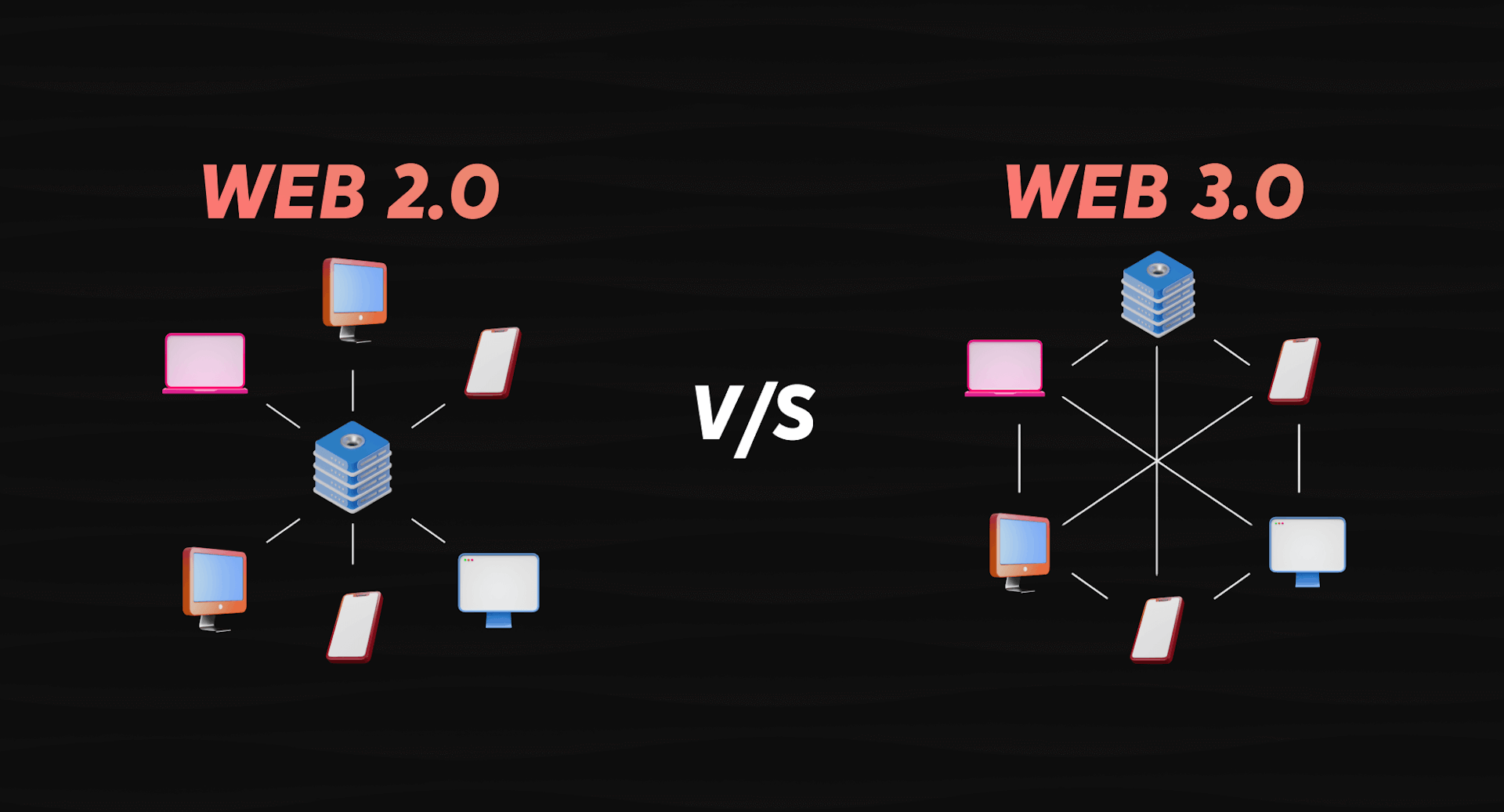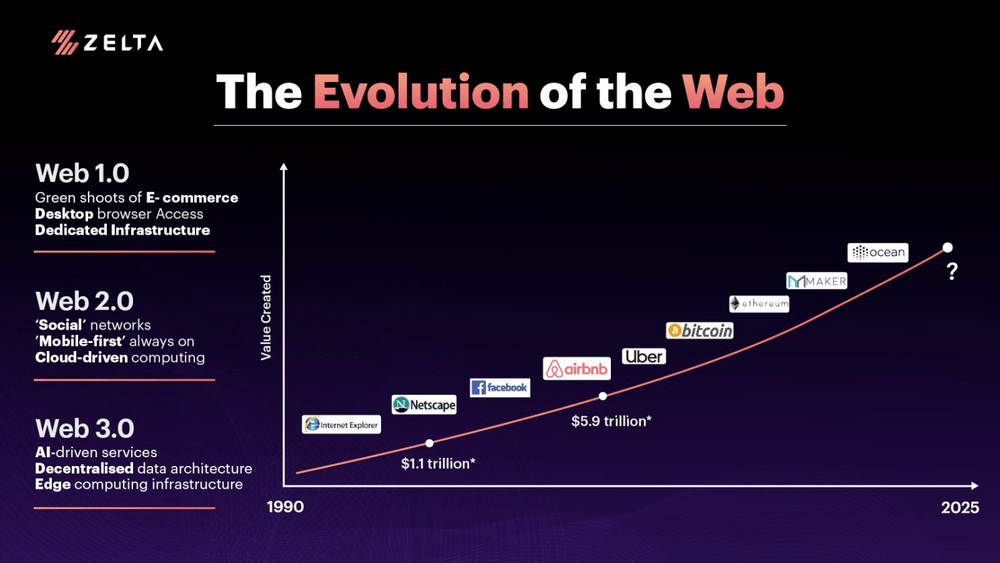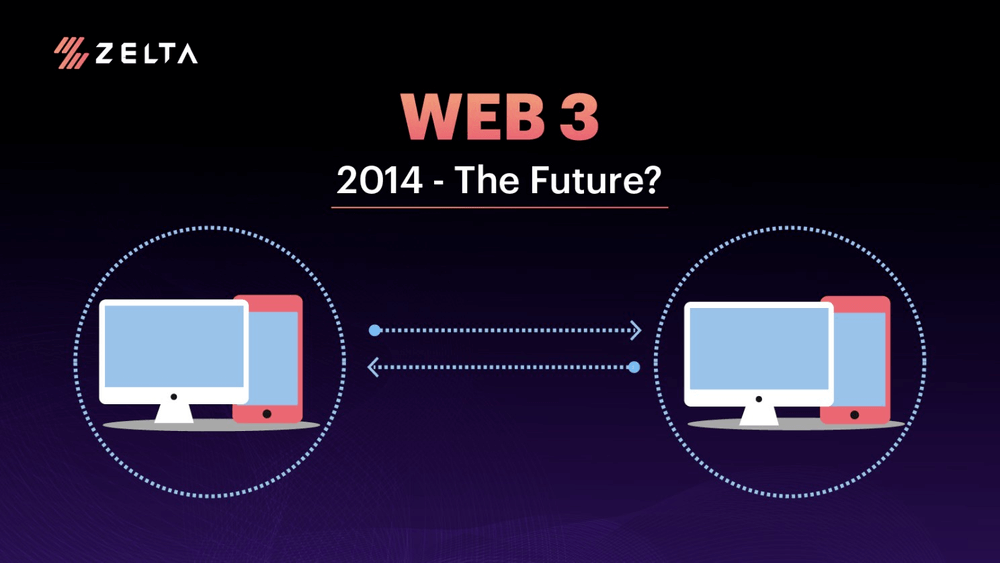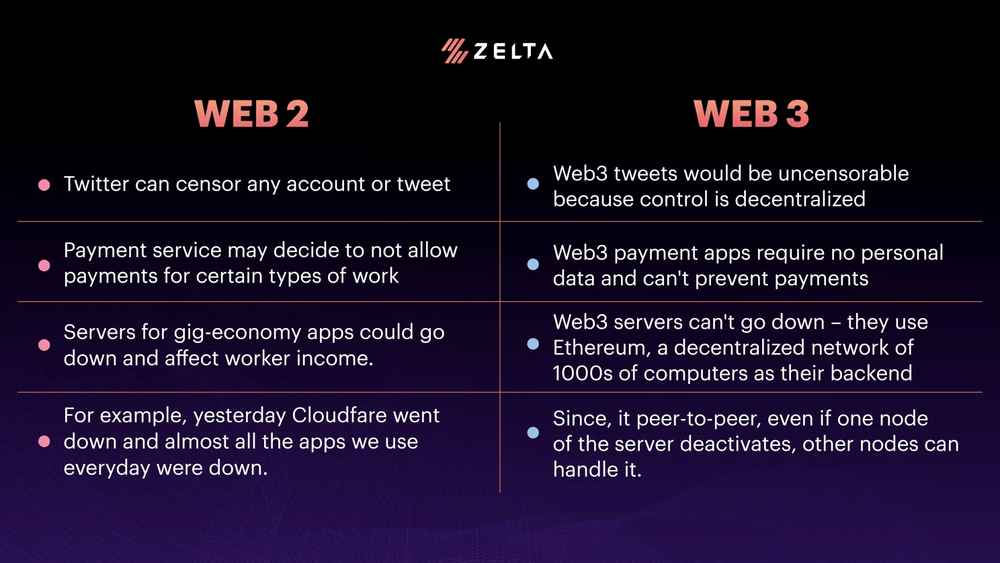

Web2 vs Web3: A Guide for Beginners on the Differences
But as time progressed and technology advanced, the web has become increasingly complex and powerful. This has led to the evolution of the internet.

Web2 is the older version of the internet and is based on the traditional client-server model. In this model, users access information and applications stored on central servers. This type of internet is still in use today and is the foundation for many popular online services such as email and social media.

Web3, on the other hand, is the newer version of the internet and is based on the newer peer-to-peer (P2P) model. In this model, users are able to connect to each other directly without the need for central servers. This type of internet is often referred to as the "semantic web" or the "web of data" and is still in its early stages of development.

Gavin Wood, the co-founder of Ethereum, coined the premise of ‘Web 3.0’. Gavin put into words a solution for a problem that many early crypto adopters felt: the Web required too much trust.
Most of the Web that people know and use today, relies on trusting a handful of private companies to act in the public's best interests.
Web 3 solves this ;)

Benefits of Web3
- Increased accuracy and timeliness of information
- Greater flexibility and choice in how you access information
- More efficient and effective communication
- Improved security and privacy
- Increased collaboration and coordination
Limitations of Web3
Currently, there are some limitations of Web3:
- Scalability: Transactions are slower on web3 because they're decentralized.
- Accessibility: The lack of integration in modern web browsers makes web3 less accessible to most users.
- Carbon Footprint: Need for more environment-friendly technology within web3 to reduce the carbon footprint.
What do you think? Is web3 the future of the internet?
Let us know!
(Click Here to learn more about Web3)
(Click here to learn about Longing and Shorting)
